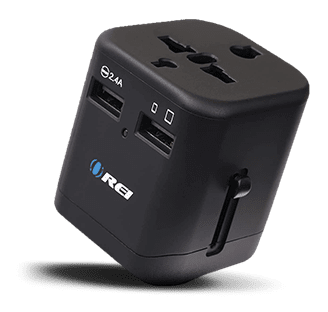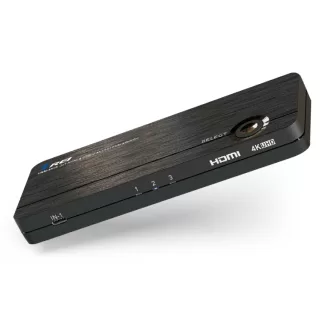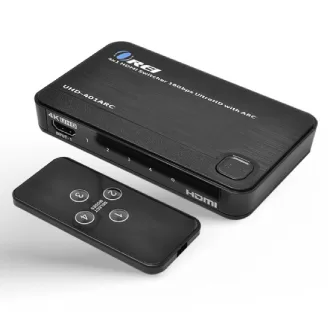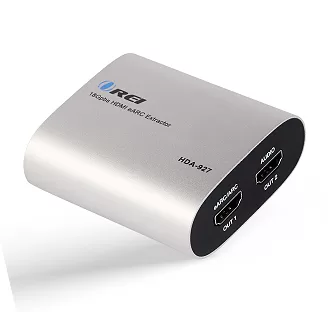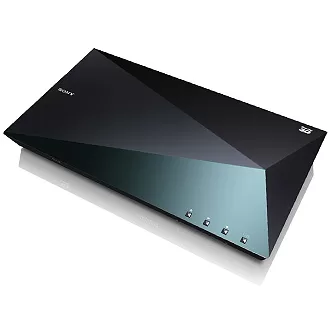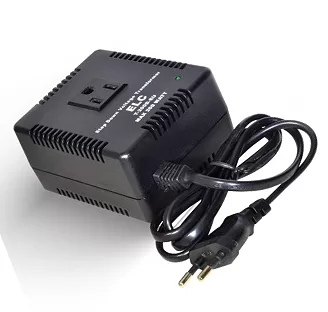Physical Inventory TKO Software Policy Procedure SOP Software Business Template Quality Manuals Leave a comment
.jpeg)
Careful, methodical physical inventory counting aligned with SAP MI transactions provides the foundation for keeping inventory records accurate. The physical count process starts by counting all items from the sales floor to the backroom and comparing these counts with your POS system records to correct discrepancies. It includes all product types, ensuring your actual stock matches the recorded figures accurately. Are you here because of noticing your inventory records are often errors and causing trouble, such as overstocking or understocking?
.jpg)
What Is Sales and Inventory Management System & Software
- By investing the necessary time and resources into conducting an effective physical inventory count, businesses can ensure they have reliable, up-to-date inventory information that supports their success.
- Physical inventory methods play a pivotal role in ensuring that stock levels are correctly recorded and managed.
- You run a 3PL company which provides warehousing and fulfillment services to e-commerce clients.
- With realistic on hand visibility, businesses can significantly optimize customer service, working capital needs and expenses.
- This procedure avoids counting every item in an inventory, which can be time-consuming and costly.
- By incorporating barcode scanners, inventory management software, and automated data collection systems, businesses can streamline the counting process, improve accuracy, and enhance efficiency.
Performing inventory only once a year does not always yield the most accurate results. Learn everything you need to know about performing physical counting inventories, including the steps, methods, process, planning and benefits. Plus, expert advice, calendars and metrics to help you become an inventory pro. Smaller businesses, in particular, may struggle with the manpower needed to accurately count all inventory items, making the process even more challenging.
Print the Count List
Since physical inventory is considered an asset, all inventory must be accounted for at the end of an accounting period. Explore the methods and steps of physical inventory and its significant impact on various industries and financial statements. Finally, it’s also possible that an audit may require a physical physical inventory procedures count of items to verify that accurate records are being kept. The company has to ensure that all the materials are counted physically at least once that year.
Establish the Counting Interval
These KPIs can assist you in evaluating the efficiency, customer happiness, and cost-effectiveness of your inventory management practices for various stock categories. Companies may undertake cycle counting as frequently as daily, and it is recommended that it be performed at least quarterly. It is imperative that the staff that will be counting the merchandise understand the importance of an accurate count. They should understand that while the process is tedious it has much more important ramifications that just closing the year and reporting to the IRS. Counting and verification procedures should be reviewed as well and how specific merchandise and exceptions are to be handled. Each fixture, display, rack, and back stock location should be assigned a Fixture Map code that relates to a slip code that will be used for counting.
Limited Staff Availability
As your ecommerce business grows and inventory becomes more expensive or challenging to track and manage in-house, it might be time to partner with an ecommerce fulfillment company to support you. To improve inventory accuracy, it’s wise to implement an inventory scanner system. During the process, if you do come across any discrepancies, you will want to create a “stock reconciliation statement” that explains the discrepancies (if you can) and override your previous records.
Cross-checking and validation methods
Complete store physical inventory counts usually (they should) occur immediately after a seasonal sale. Depending on the method used for recording markdowns, consideration may need to be given to the price recorded on unsold merchandise. Cloud-based inventory management solutions have further enhanced the flexibility and scalability of inventory systems. By storing data in the cloud, businesses can access their inventory information from anywhere, at any time.
- Often this is preferable, especially as it allows your management staff to be available for supervision.
- This manual, hands-on process serves as an integral component of inventory management, offering an array of substantial benefits to businesses.
- By focusing on high-value or high-turnover items more frequently, businesses can prioritize their resources and ensure critical stock levels are maintained.
- Deciding when to conduct a physical inventory count involves considering several factors that can significantly impact the effectiveness of the process.
- Maintaining accurate inventory records is paramount for smooth operations and customer satisfaction.
Cycle counting is a method that involves counting a subset of inventory items on a rotating schedule, rather than conducting a full inventory count at once. This approach allows businesses to maintain accurate inventory records without the need for large-scale disruptions. Cycle counting is particularly useful for companies with extensive inventories, as it enables continuous monitoring and timely identification of discrepancies. By focusing on high-value or high-turnover items more frequently, businesses can prioritize their resources and ensure critical stock levels are maintained.
This physical inspection of goods should confirm what’s in the inventory management system report. Ensuring strong processes, system security and staff skills are maintained takes perpetual inventory to the next level. With realistic on hand visibility, businesses can significantly optimize customer service, working capital needs and expenses. Plus, as you cycle count, discrepancies get smaller and smaller, making reconciliation a breeze. The reconciliation process begins by comparing the physical count results with the existing inventory records.
Following are a few crucial steps to perform the annual physical inventory process. One of the most important aspects of implementing asset tagging is ensuring that your asset data is stored, tracked, and updated in a centralized asset management system. Integration with asset management software allows you to automatically log and update asset information, ensuring that the data remains accurate and accessible. You can classify certain products in your warehouse as obsolete inventory, which is a valuable method for identifying which items to market and merchandise for quick sale. This process also reduces the liability and break even, at least, for questionable products.
Accounts covered by this procedure include Raw Materials, Work in Process, Finished Goods, and Stores Inventory. Clear roles and responsibilities should be communicated, ensuring that each person understands their tasks and areas of focus during the count. From a direct-to-consumer standpoint, finished goods are the most valuable assets for an online brand. Organized by SKU, finished goods are ready for sale to end users once received, stored, and prepared for picking, packing, or kitting. An example of WIP would be a reusable drinking bottle currently molding using plastic and stainless-steel materials.

